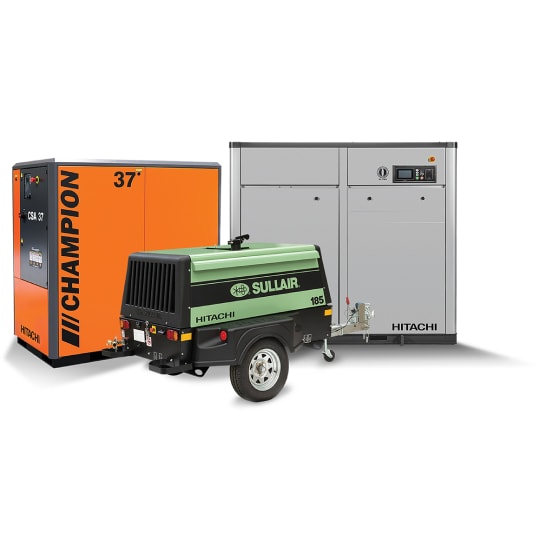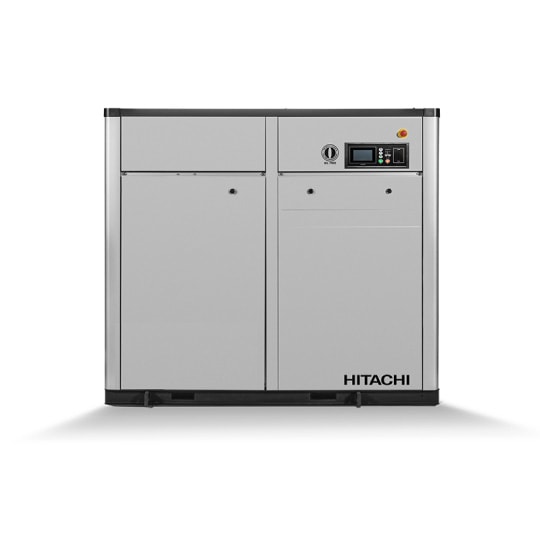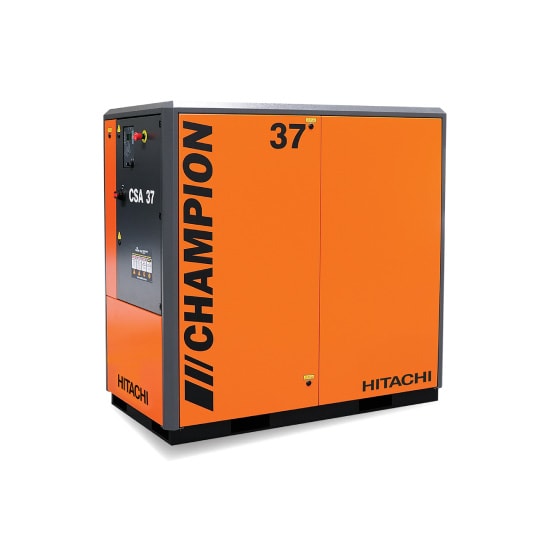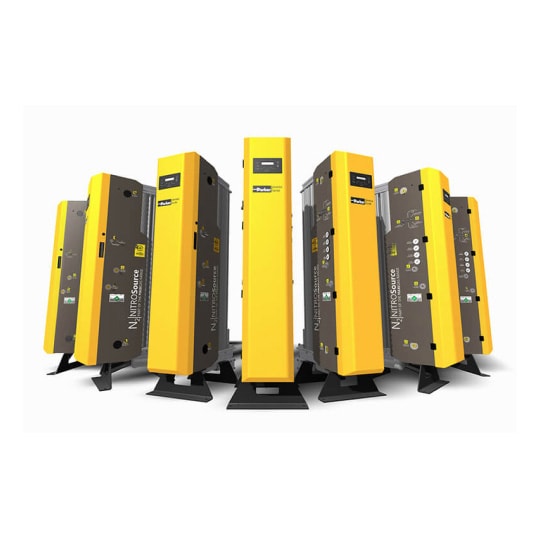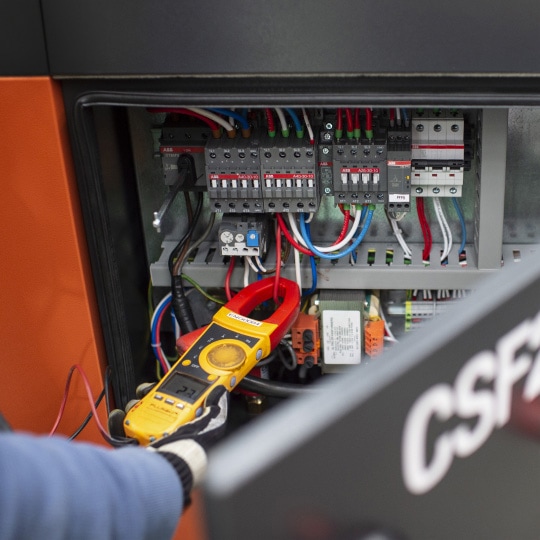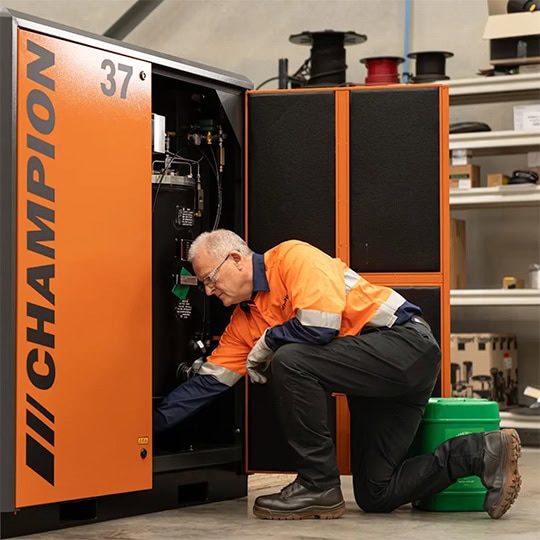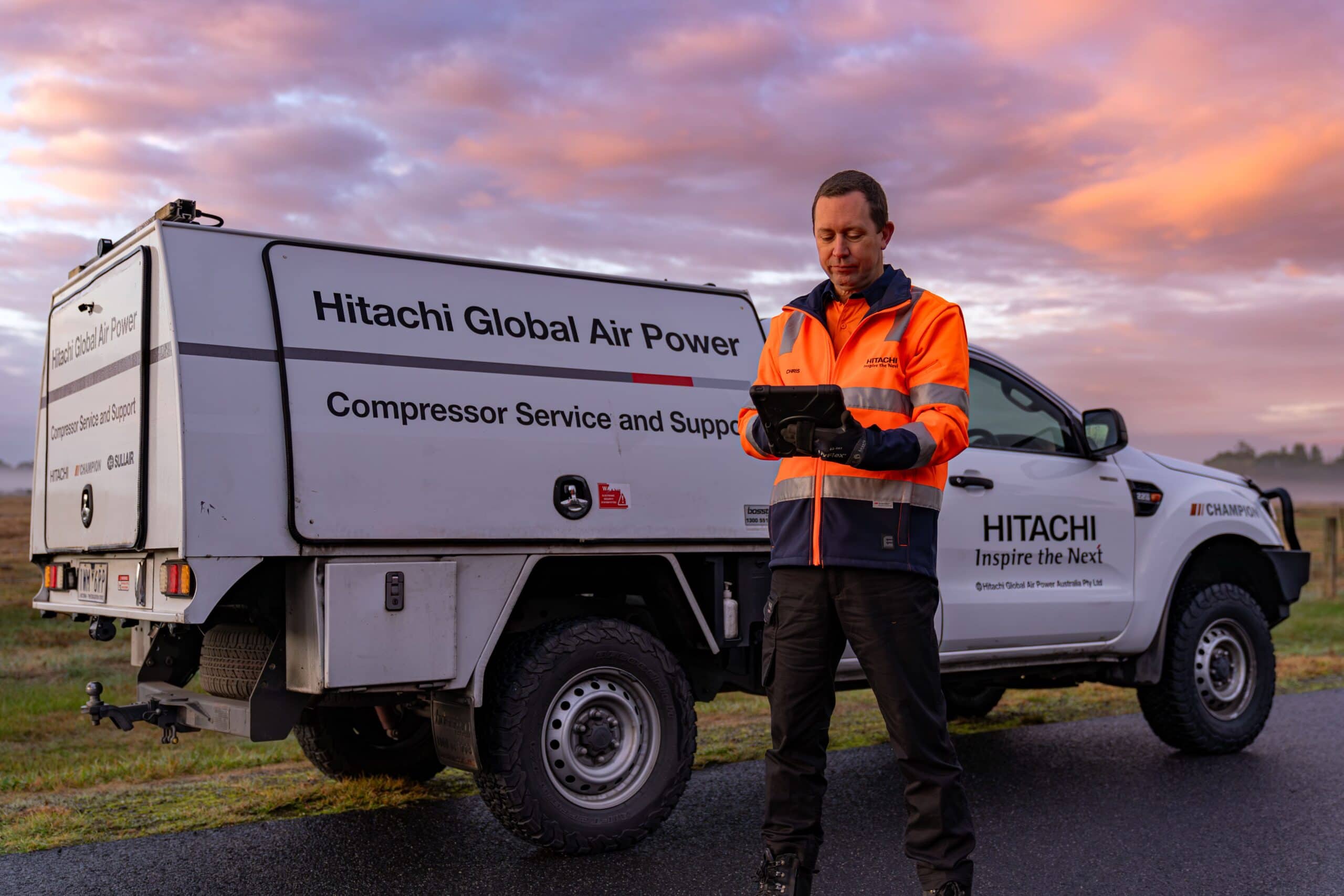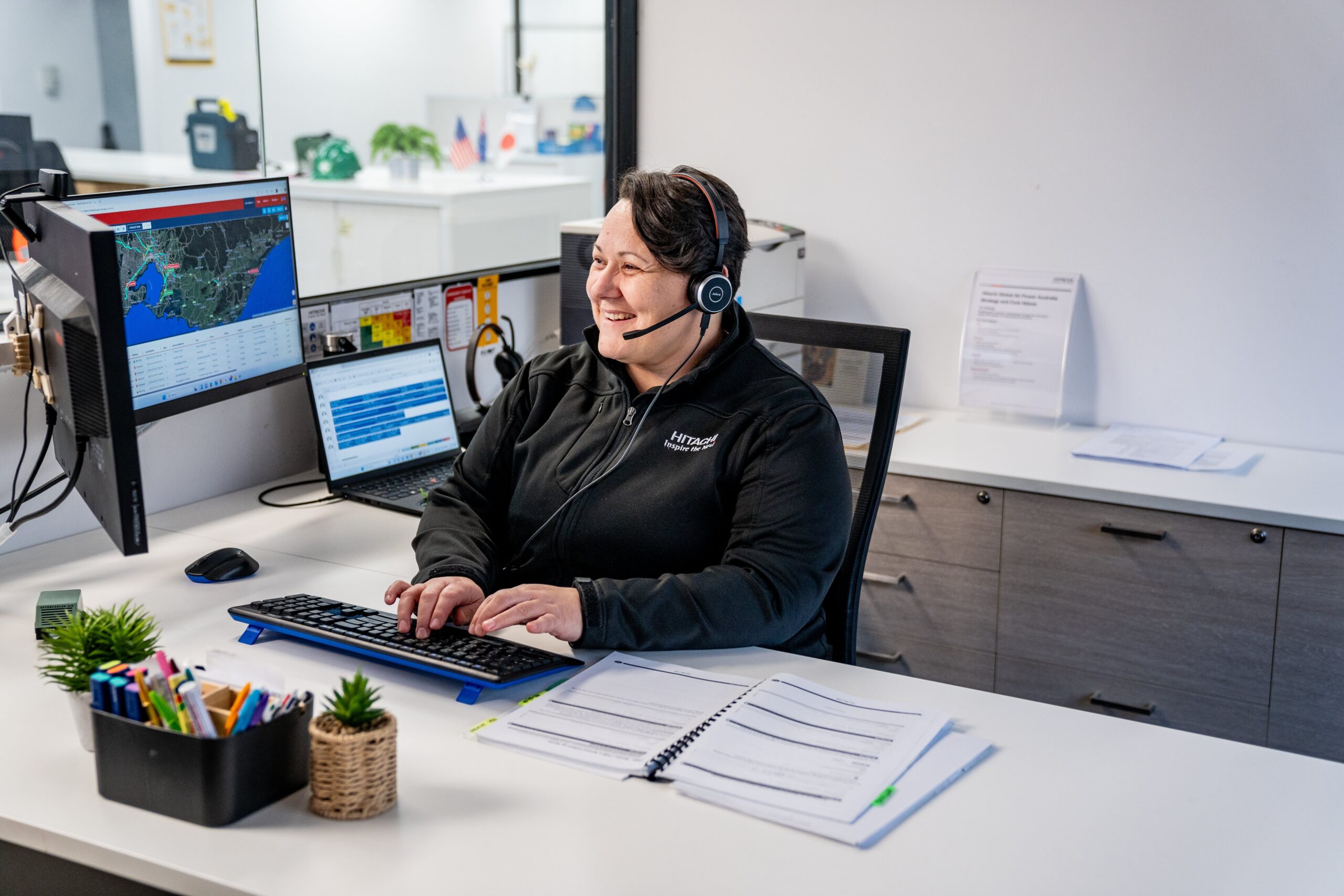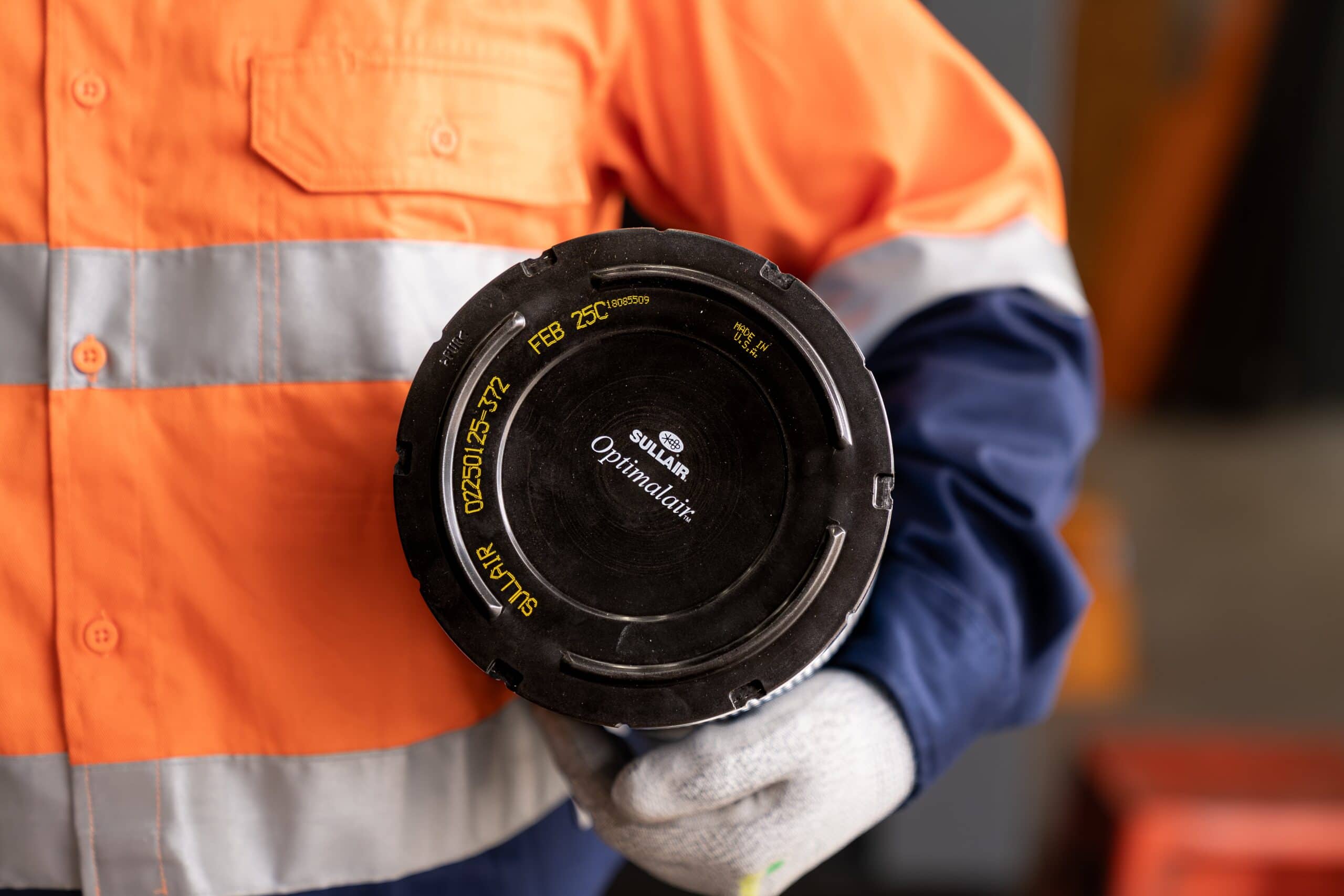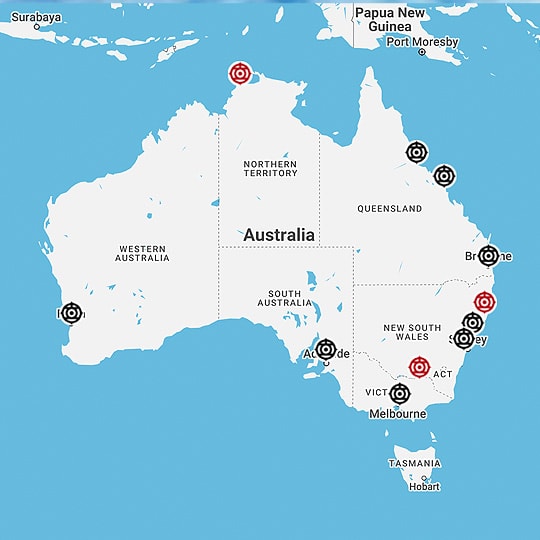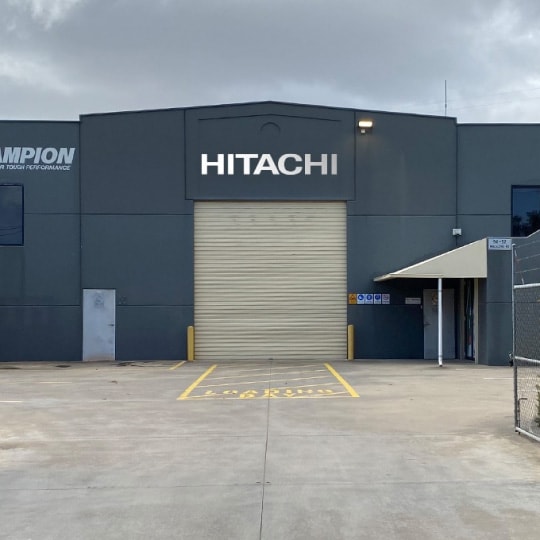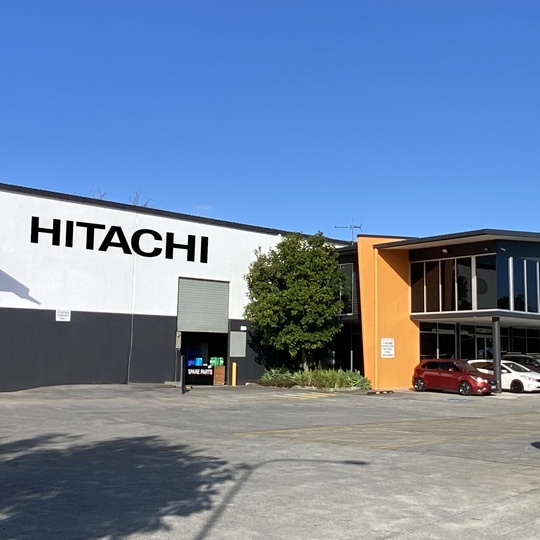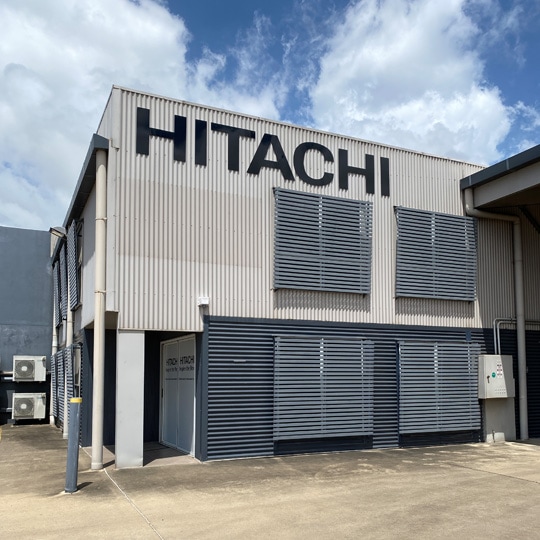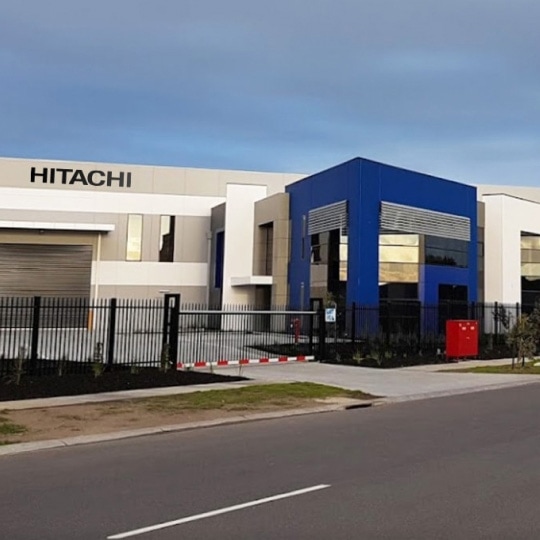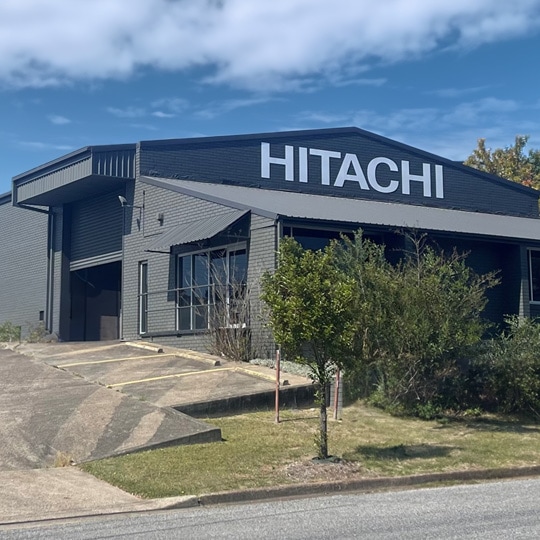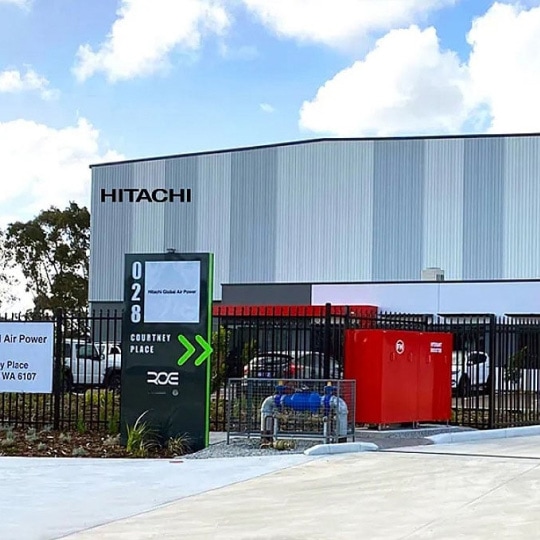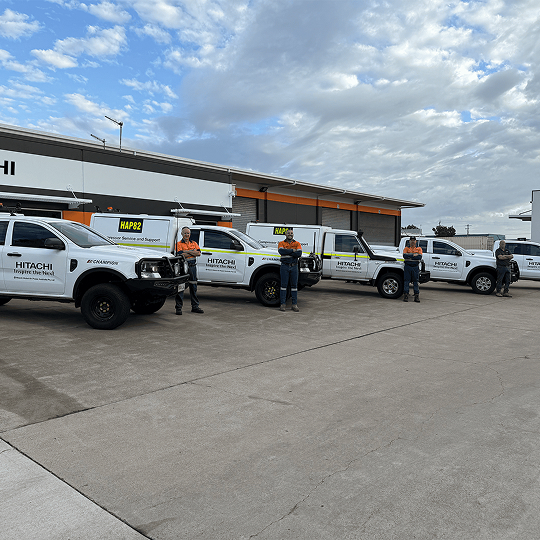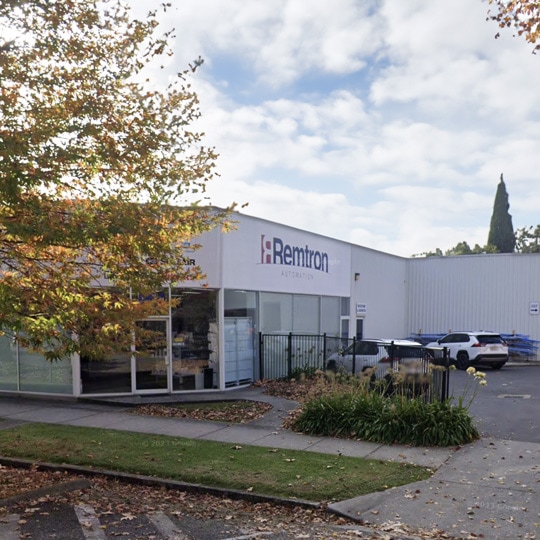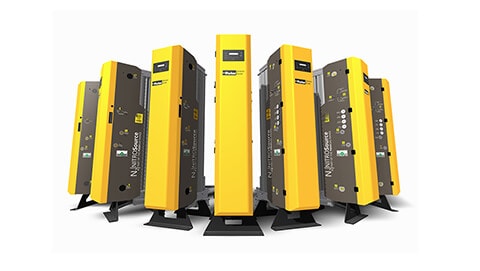On site nitrogen generation changing the game for ITO EN’s Australian facility.
THE BRIEF
Our client is ITO EN Australia, a subsidiary of ITO EN Japan – the largest green tea manufacturer in Japan. Sullair installed a combination compressor and N2 generation package in late 2019 at their relatively new Australian manufacturing facility in regional Victoria. ITO EN has been growing and processing crude green tea in regional Victoria for almost 20 years, for export supply primarily to the parent company. This new Victorian facility was the company’s first manufacturing site in Australia at the time, and the first location outside of Japan. They produce Matcha and tea blended tea bags and products, as well as single-use tea bags.
We touched base with the client in 2020 – about 6 months after their initial install – to see how they were going, which you can read about in a previous case study. It’s been a couple of years since that visit, and they have been busy! Rory Brooksbank is ITO EN Australia’s Manufacturing Coordinator. “We’ve launched a new tea bag product recently – Hojicha (hoh-jee-chah), which is a roasted green tea and it’s selling into a number of Coles stores in Australia, along with other products from our range. We’ve done the loose-leaf option for a couple years now, but the tea bag is new and we’re utilising the Sullair Hitachi gear for it.”
THE SOLUTION
ITO EN had been producing their loose-leaf product for a few years in a smaller space, but the introduction of the Hojicha tea bag product has resulted in some changes at the manufacturing site to accommodate it. “We’ve had that loose leaf product for a while, however starting production of the Hojicha tea bag meant that we moved the refining process completely into one building to make things more efficient. It was a good time to swap processes into that room and produce a bit more Hojicha and then divide it up between loose leaf and what goes into tea bags.” That facility is still supplied by the nitrogen generation package installed by Sullair in 2019. The roasting of the Hojicha product happens on site too, in a part of the facility supplied by the dry oil free compressed air from the Sullair Hitachi package also previously installed.
The tea bag factory fundamentally depends on the nitrogen package and the reliability of that unit is a big factor in the company being able to introduce new products into their range (and production schedule). Tea bag manufacturing uses a filter material to wrap the teabag, cut it, and put it in an envelope. It’s then flushed out with nitrogen, collated into units and put into a box.
This addition of nitrogen to the packaged product replaces oxygen in the sealed bag. This is crucial to prevent growth of bacteria that can affect the freshness or quality of the product. Oil free specialist Jean-Philippe Leclercq explains. “Many aerobic species of bacteria that make food go ‘bad’ need oxygen to survive. When we remove the life giving oxygen, the bacteria will die or its reproduction will be retarded. By replacing the air space with nitrogen gas, the bacteria can’t thrive and the product will stay fresher and last longer”.
This entire process requires an uninterrupted supply of high-quality nitrogen to ensure the product is kept as fresh as possible and completely safe for consumption, so customers get the best quality version of the product. Previously ITO EN had been outsourcing their nitrogen from an external supplier, in the form of bottles shipped into their facility. This solution was labour and logistically intensive, not cost effective, and less than ideal from an environmental standpoint. Nitrogen bottles need to be changed when empty which can interrupt production and they can take up a large footprint of storage space on site. There are also significant safety issues in storing large quantities of high pressure gas on site. These issues are non-existent with on site nitrogen generation and the cost savings are undeniable as Leclercq explains, “we calculated the estimated Return On Investment (ROI) for the project – for the client to transition from bottles to a nitrogen generation system – to be less than 1 year.”
In addition to the nitrogen supply, the tea manufacturing process needs to occur in a clean room environment, with all the equipment associated with that consistently producing clean dry air. The parent company specifies that zero trace of oil exists in the product as part of their Quality Assurance requirements. Oil free production is also essential to conform to ISO 8573-1:2010, to meet the parent company’s Quality Assurance standards.
THE RESULT
Being able to generate nitrogen on site is a real game changer for food manufacturers and their capacity to scale. “We’re hoping the new Hojicha tea bags gain the same reach as the traditional tea bags”, says Rory. “With the products being manufactured at the rate of 70 tea bags per minute this capacity makes the need for quality reliable supply of oil free air and nitrogen critical.” For now, he and the team are preparing themselves for harvest season. “The sun’s out at the moment, so we will be firing up mid-October and running basically 24 hours until March, April, maybe the end of February, depending on how the year goes. It’s our busiest time of year”.
Oil free specialist Jean-Philippe Leclercq explains, “we calculated the estimated Return On Investment (ROI) for the project – for the client to transition from bottles to a nitrogen generation system – to be less than 1 year.”
Interested in finding out more?
Interested in finding out more about nitrogen generation solutions or any of the Sullair Australia range? Contact our team today here.

